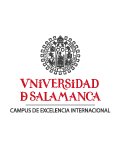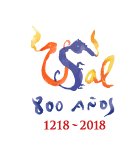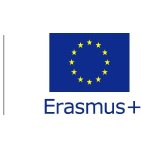Reflecting on Iconographic Representations through Collaborative and Creative Apps
This didactic proposal was
carried out in the framework of a three weeks study abroad program at The University
of Salamanca International Courses. The student cohort consisted of 15
students from Nanzan University with a B1 communicative competence level in the
Common European Framework of the Languages. However, this dynamic is suitable
for students of any backgrounds, from B1 to C2 second language users.
This activity aims to develop intercultural competence understood as
a continuous dialogue among complex identities to enhance social justice. This
notion of intercultural competence is understood as a dynamic construct that
changes depending on each context and assumes that there is no simple recipe
for achieving intercultural competence. Instead, intercultural competence
becomes the responsibility of the individuals who are involved in a given
interaction (Dervin & Gross, 2016). Therefore, an additional learning
objective of this activity is developing
awareness, given the relevance of reflection and interpretation for the
purposes of intercultural mediation (McConachy & Liddicoat, 2016). These
two skills become particularly relevant in the context of a study abroad
program, given the immediate opportunity to put them in practice.
The didactic sequence is structured in three stages explained in detail in the results section:
1. Meta-awareness. Before starting a discussion on intercultural interactions there is a reflection on personal experiences on the topic of studying abroad through the collaborative app Padlet.
2. Knowledge. Students visualize and respond to an interactive video on stereotypes including open-answer questions through Edpuzzle.
3. Awareness in Practice. Students engage in a guided discussion about the interactive video and use first iconography through the creative tools provided by Padlet and next language in order to describe themselves.




